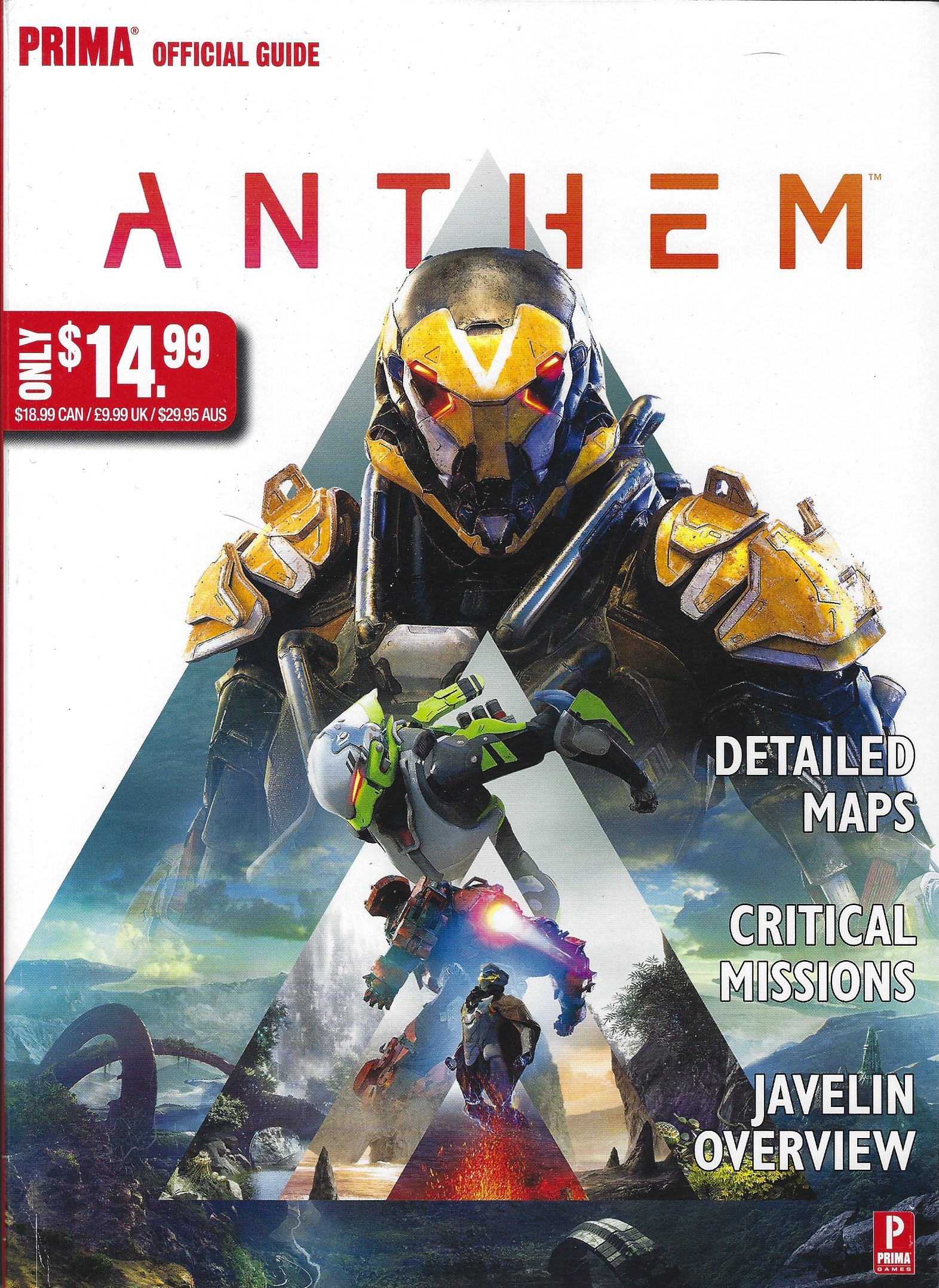Joe Epstein, the very same one who I am trying to track down to no avail, has posted a really nice blog on BradyGames’ Facebook page. For those who are not on Facebook or don’t care to friend BradyGames, here is the post:
Video gaming is now looking at three decades of traction-gaining in the popular culture. With the medium maturing past its long adolescence, the established, well-worn paths of each gaming genre have hewn so deep that the differences between fully-featured, HD-generation titles is blurred and often academic. The straight-up action titles of yesterday now have sweeping stories and elements of RPG micro-management, while RPGs once built around turn-based, menu-driven combat now feature shooting as robust as Gears of War or combat as evolved as God of War. (One can only assume less prestigious titles will reach their zenith once they append of War to their titles.) Some games, like the Grand Theft Auto series, do so many different things simultaneously that they are genres unto themselves, while massively-multiplayer games like World of Warcraft offer unsurpassed persistence and a social aspect inconceivable in eras past.
So, into this generation of genre reboots, remixes, and mash-ups comes Nier, a Cavia-developed adventure being published by Square-Enix in the United States and Japan at the end of April. The pedigree of Nier and recent gaming trends may lead you to make some accurate assumptions, sight unseen, about the game’s content: a sweeping story that spans generations with a large cast of characters; exciting voice-acted cutscenes; an ever-deepening combat system involving various attacks, types of magic, and upgradeable weapons; myriad quests tangent to the main story; and finally, some form of crafting.
All of these would-be assumptions are correct. After a brief prologue set in 2049, Nier begins in earnest over 1300 years in the far future, long after some unimaginable calamity plunged civilization into a dark age so deep that nearly all vestige of our current world is erased. Nier, the title character and protagonist, is the gruff-but-humble father of Yonah, a young girl suffering from a mysterious disease known as the Black Scrawl. Nier’s attempts to restore his daughter to good health lead to a grand adventure that sheds direct light on the world’s undoing. So, story? Check. Cutscenes? Check. Real-time combat that blends elements of RPGs and action titles? You bet. Sidequests, fishing, cultivating a farm? Check, check, and check.
Nier also surprises in combat variety. My favorite games are fighters, so a fun, fluid combat engine is vital to me if an adventure or RPG opts to go with real-time combat. Here, Nier delivers. Nier the man is initially schooled only in one-handed swords, but quickly allies himself with Grimoire Weiss. This ancient tome casts powerful magic alongside Nier to supplement his swordplay. Nier eventually diversifies his arsenal by learning to wield beefier two-handed weapons. There are nearly three dozen different weapons, and each can be upgraded several times by collecting rare materials. There are eight magic spells, each with different effects. Any sword strike or spell can be “charged,” enhancing the effects. Meanwhile, incoming attacks from enemies can be evaded or blocked–evasive rolls around the enemy’s offense may leave Nier ready to strike at their flank or backside, while blocking an incoming strike at the last possible moment enables a devastating and unique counterattack.
But what you didn’t expect, or at least I sure didn’t, is that just as frequently as Nier plays like a modern adventure game, it delves into homage territory for all the great adventure titles that preceded it these last three decades. This is a serious but self-aware love letter to action and adventure games in general, which wears its influences proudly. Nier quotes far and wide. Obvious aesthetic influence is felt from Ico and Shadow of the Colossus, from the titanic size of some bosses to the ghostly nature of the main enemies, called Shades. Dungeon pacing and puzzles are reminiscent of Zelda and Okami. Fishing and farming are present, as in a Harvest Moon title or various MMOs. There are segments that play like rail shooters; or top-down brawlers; or 2-D sidescrolling action games; or 2-D platformers; or isometric dungeon crawls in the spirit of Diablo and Gauntlet; there’s even a manor that intentionally hearkens back to the original Alone in the Dark and Resident Evil, and “bullet hell” action sequences that wink at shooters like Ikaruga. What, that’s not enough? Ok, how about a sequence that plays out like an Infocom-style ‘80s text adventure? Do you want to go north, or east?
Don’t believe me? I barely believed Doug Walsh as he, a little bit further in the game than I, relayed each genre callback with smiling incredulity. He and I are currently elbow-deep in Nier’s unique potpourri, working on the BradyGAMES official guide. This is a title aimed squarely at all the kids who grew up on the NES, Sega Master System, and their immediate successors, all the kids who are now adults pushing 30 or beyond who still play games, who vividly remember all the different gameplay types and genres that are seemingly too simple to pass muster as full titles nowadays. Nier manages to be a modern, genre-blending game that just happens to have all the old genres represented with a wink, too. Check it out for a game that manages to somehow simultaneously be comforting and familiar, but unlike anything you’ve played before.
I am doing my best not to investigate Nier as my backlog is QUITE full.
Thanks to this blog post and indirectly to Doug Walsh, I think I stalked found Joe Epstein in Facebook and I sent him a direct message asking for an interview. I really hope it was him, or some other Joe Epstein is going to think I’m crazy.


Leave a Reply